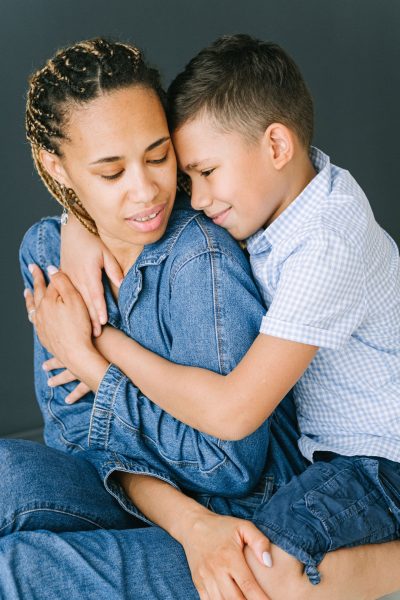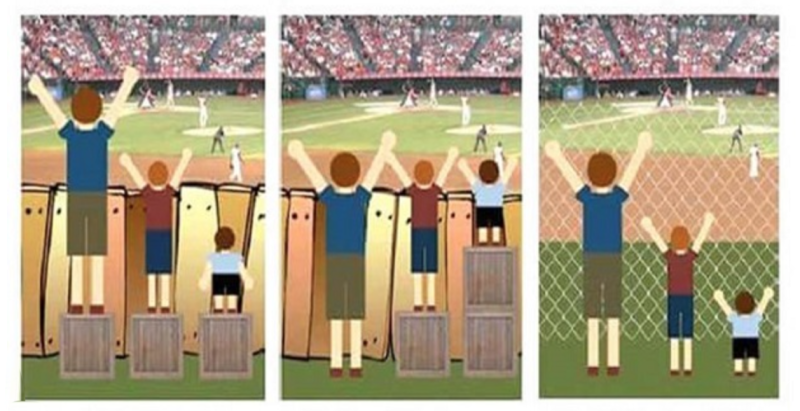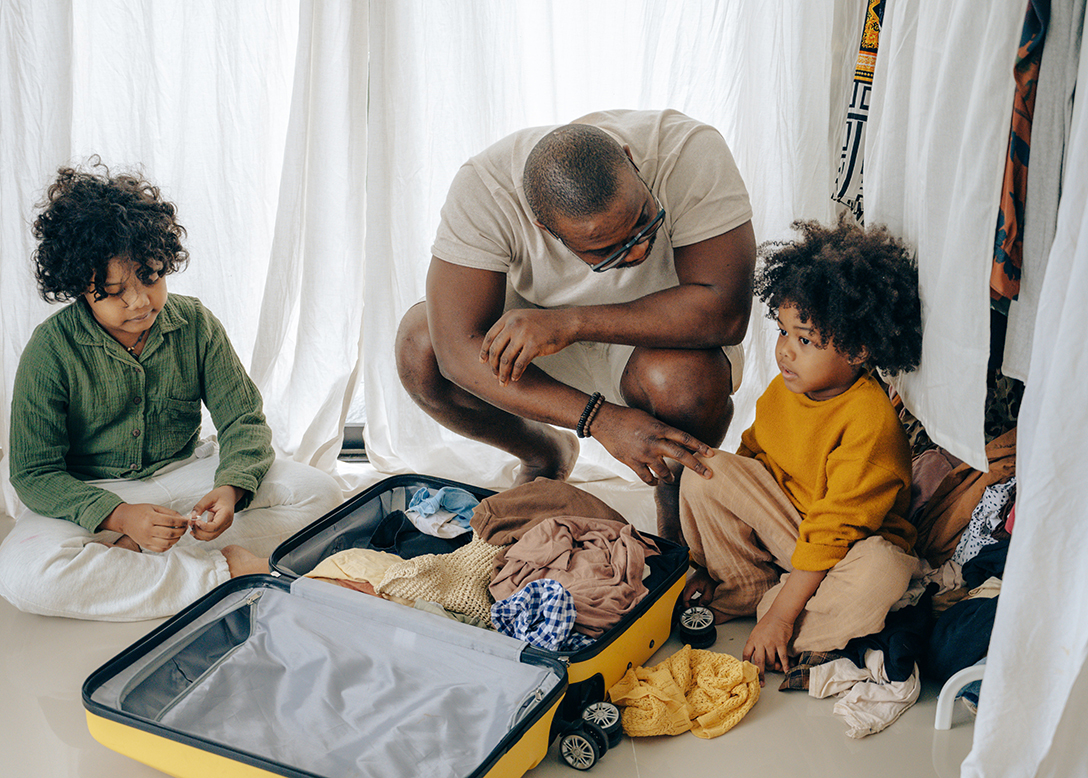by Martha Tyler
How many times as caregivers do we hear cries of “BUT THAT’S NOT FAIR!”? I know I have heard it upwards of 12,397 times – and it gets old quickly. But as much as you try to explain how it actually is fair, or that fairness is complex, it seems like your kids are unable to hear it. But that isn’t surprising since the concept of fairness is one that even adults find elusive!
Research shows us that it takes until middle childhood (ages 6-7 years) before children develop the ability to view the world from a point of view different from their own (perspective taking). This makes it difficult for them to truly understand what is and is not actually fair because they can literally only see the situation from their own point of view. Even 4 out of the 6 stages of Kohlberg’s Moral Development struggle with what fairness means. No wonder kids struggle so much with the concept of being “fair”!
Here are some techniques you can use to help kids in your care better understand the concept of fairness.

Help Kids Visualize Fairness
The images below illustrate the concepts of equality, equity, and justice. Take a moment to study each image and consider how each relates to these concepts.

Courtesy of Advancing Equity and Inclusion: A Guide for Municipalities by City for All Women Initiative (CAWI), Ottawa
In the first image above, everyone has received the same treatment (equal boxes to stand on). Ask the children in your care about what they see (equal treatment). If the problem is that everyone wants to see the game, did making it “fair” solve the problem? The second image shows equitable treatment. Ask the children in your care to talk through what they see in the second image and how it differs from the first image. Has this helped solve the issue? In the third image, the problem isn’t present.
In your own situation, when facing an obstacle, is there a way to eliminate the problem? Trying to frame the problem as the enemy instead of each other can help everyone work together. Help them see that you are all on the same team, if you can!
Help Kids Find Solutions That Feel Fair
When kids are fighting, they will be a lot more likely to go along with a solution or a rule they help create. Once you see them ramping up to a fight, try to help everyone calm down (examples here). Then work with them to help them see if they can come up with a solution that feels “fair” to everyone. This allows your children to practice problem solving and communication skills.
Help Kids Feel Heard
Another way to solve hearing “that’s not fair” is to really listen to both sides. A lot of times the calls for fairness are actually calls to feel heard and understood.
Look for the need behind the words. Is there a way you can spend a bit of one-on-one time with each child? Sometimes holding a family meeting where each member of the family can express their needs and frustrations can be helpful. Do the calls for fairness happen more at a certain time of day? Do they happen around food or a particular toy? Are they worried about not getting enough of a certain food?
Help Kids Resolve Unspoken Worries
The pandemic has also put a lot of us into a scarcity mindset. It feels like there aren’t enough resources. Talking to your kids about how you have enough can be really helpful. Also, examine your own inner life. Are you feeling really worried about not having enough? That’s completely understandable, but is it coming from a place of fear? If so, you might have to do some inner work because kids quickly pick up on those unspoken worries. Maybe a family gratitude journaling time? Or maybe at the dinner table you each can name three things you’re grateful for that day? Or talk to them about how you are feeling scared/overwhelmed too. Assure them that you have enough to meet everyone’s needs and sometimes even mommies and daddies (and other caregivers) forget that. You being vulnerable and talking about your worries can help them open up about them too!
Help Kids Talk About How To Solve a Problem
Finally, you can use curiosity statements to help them think about ways they can help solve a problem instead of adding to it. Maybe, “I wonder why it has been feeling so hard for you to share lately.” Curiosity statements work best if you say them and then be quiet as a mouse. Give your child time to answer, even if it means you sit in silence for a while. I will often count to 20 (with Mississippis!) to make sure I’m giving enough time. If they say, “I don’t know!” you can say, “I know we haven’t really talked about this before. Take your time to think about it and I’ll be right here.” Their answers can give you valuable information about what’s happening underneath the calls for fairness!


